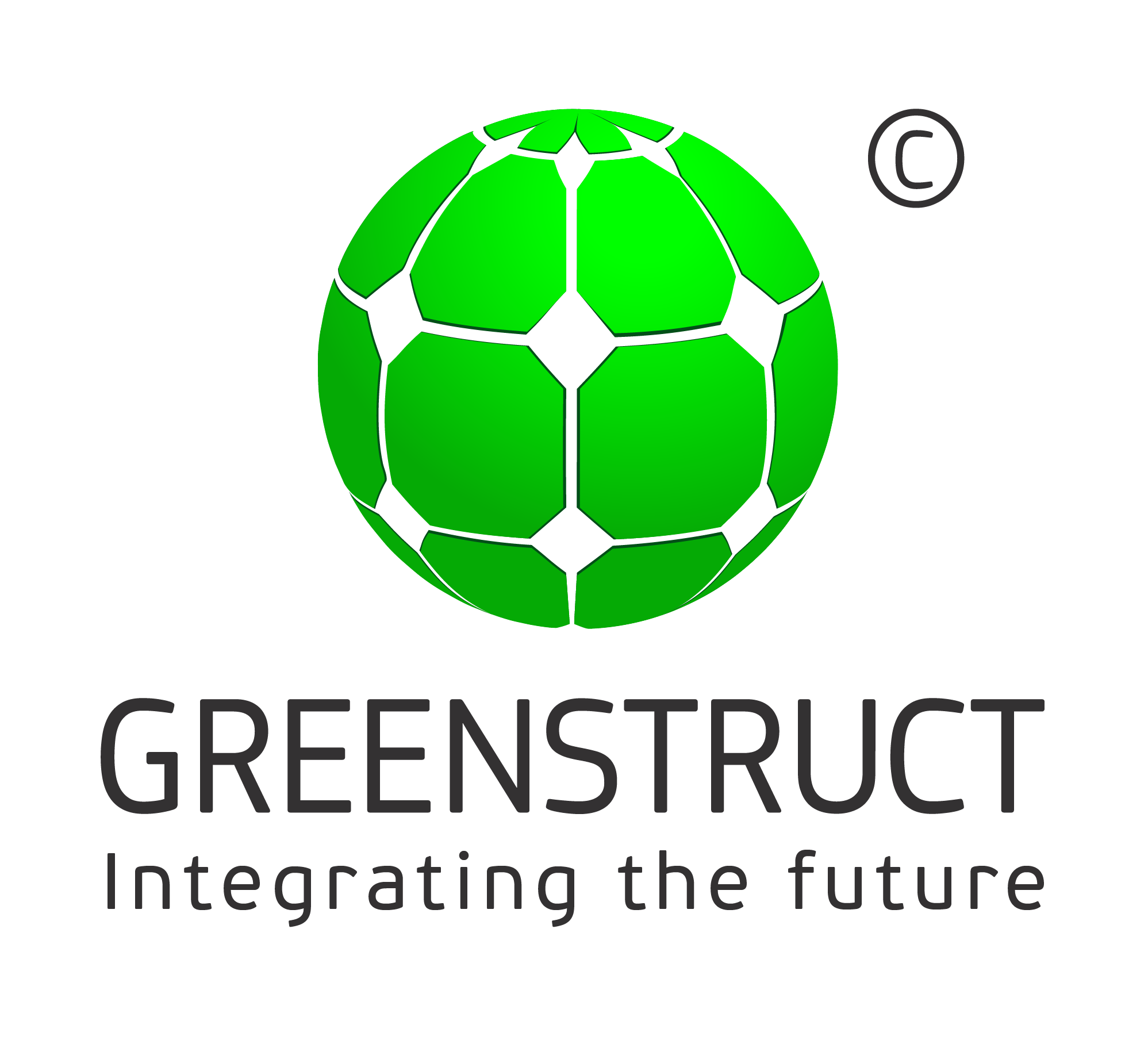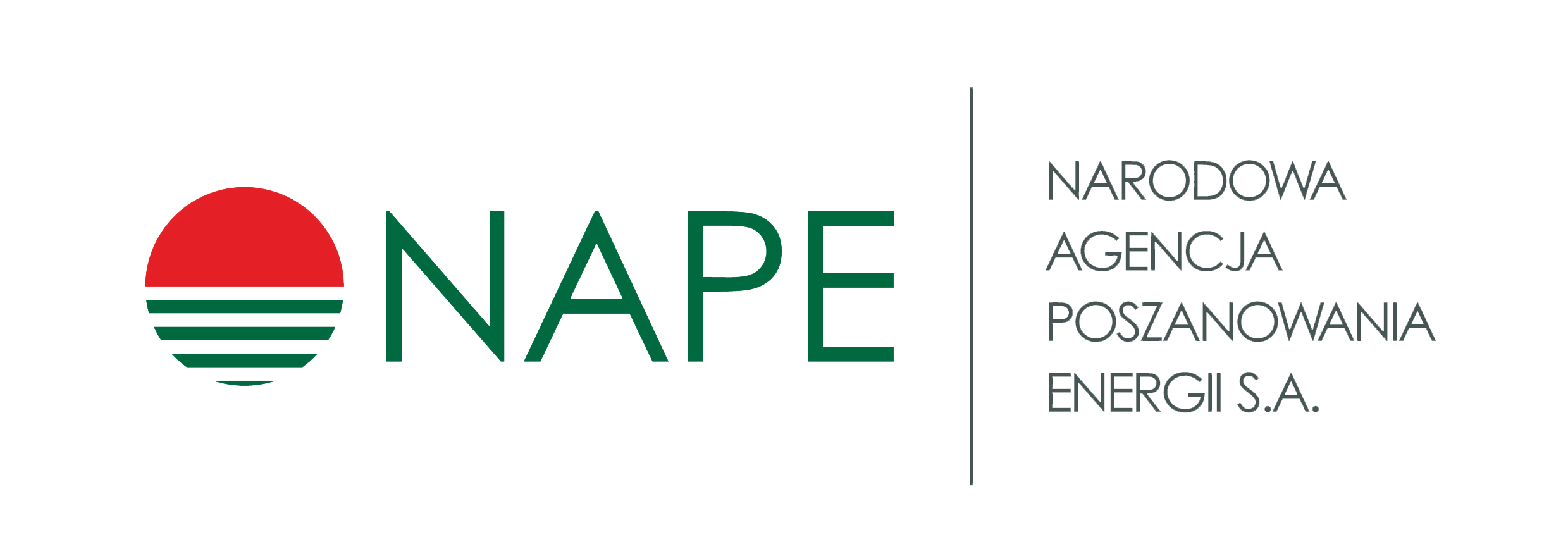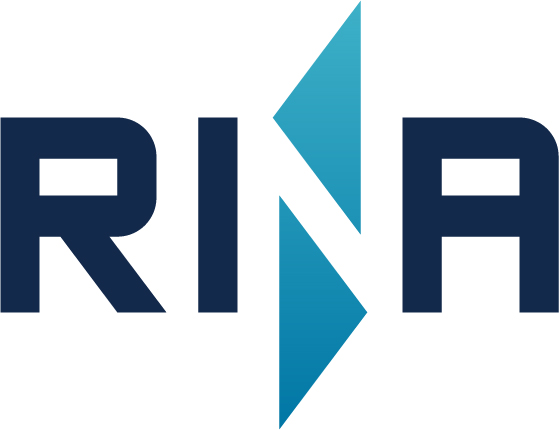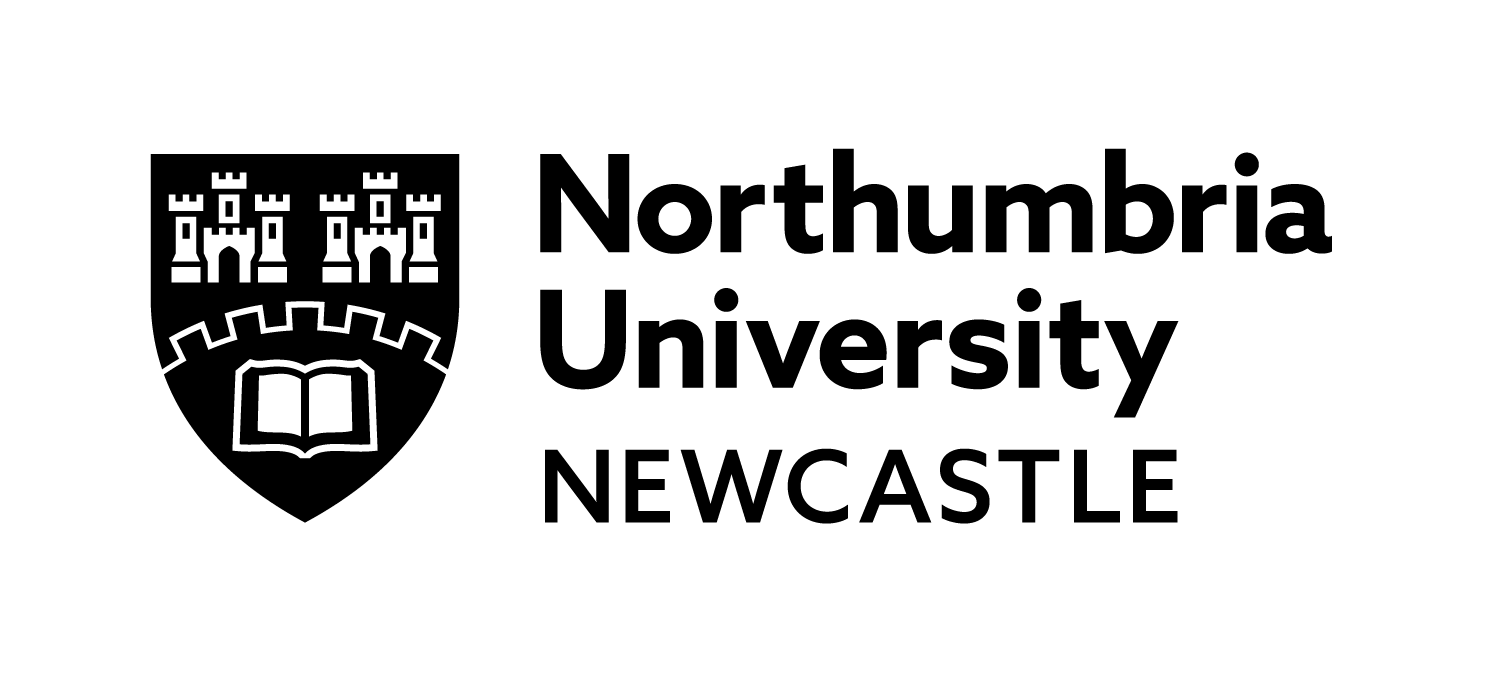Discover the RINNO Project
The RINNO Suite: The Next-Generation Deep Renovation Platform
Learn How the RINNO Software Suite Can Help Your Deep Renovation Projects
RINNO Planning & Design Assistant (RPDA)
RINNO Planning & Design Assistant (RPDA) Integrates energy, techno-economic, environmental, and social impact assessments into the decision-making process. Offers intelligent scenario planning and evaluation based on comprehensive simulations and key performance indicators (KPIs).
RINNO Retrofitting Manager (RRM)
Facilitates real-time process optimisation using AR (Augmented Reality) for on-the-job guidance and training. Employs industrialisation and modular construction strategies to reduce time and occupant disruption significantly.
RINNO Building Lifecycle Renovation Manager (BLRM)
Ensures continuous post-renovation optimisation with advanced IoT-driven building monitoring. Offers detailed benchmarking and validation tools to confirm actual building performance against design expectations. Manages digital renovation passports, enabling lifecycle tracking of building enhancements and energy performance improvements.
Project At A Glance
Public Deliverables
Deliverable 1.6: Report on RINNO KPIs (v1)
Work Package 1: RINNO Augmented Intelligence Renovation Framework.
Deliverable 1.4: RINNO Pilot Analysis and Deployment Plan
Work Package 1: RINNO Augmented Intelligence Renovation Framework.
Deliverable 8.1: Report on RINNO Dissemination & Communication Plan
Work Package 8: Dissemination, Exploitation, Promotion & Knowledge Transfer.























 This project has received funding from the European Union's Horizon 2020 research and innovation programme under grant agreement No 892071.
This project has received funding from the European Union's Horizon 2020 research and innovation programme under grant agreement No 892071.